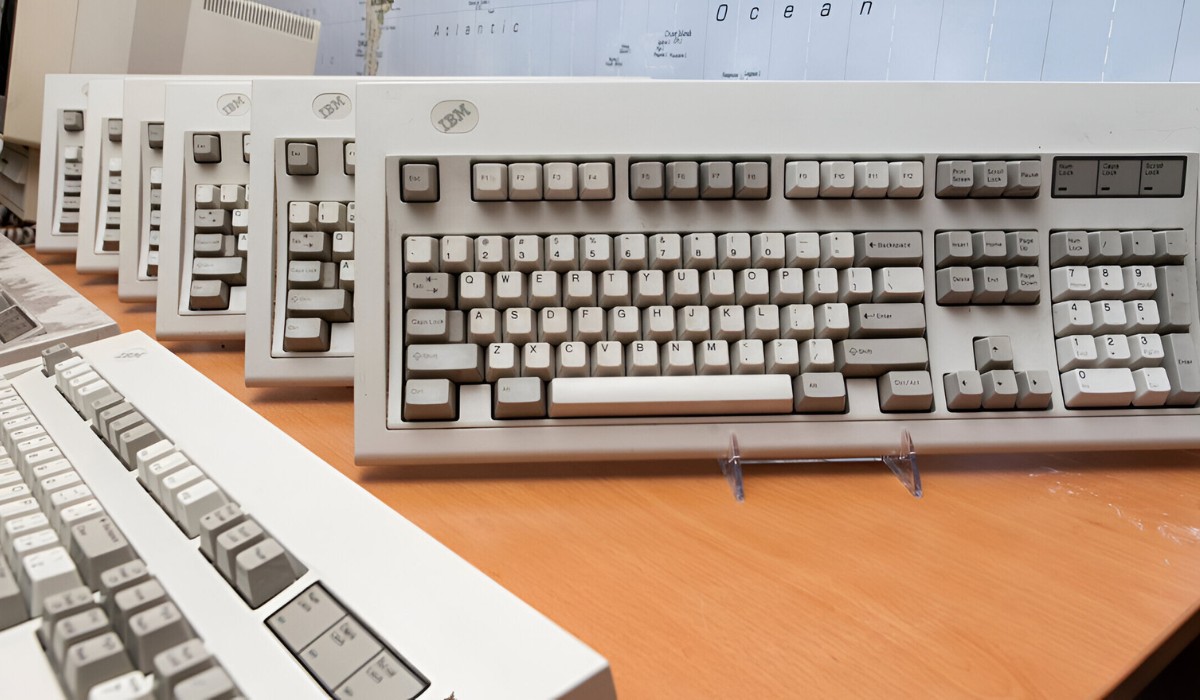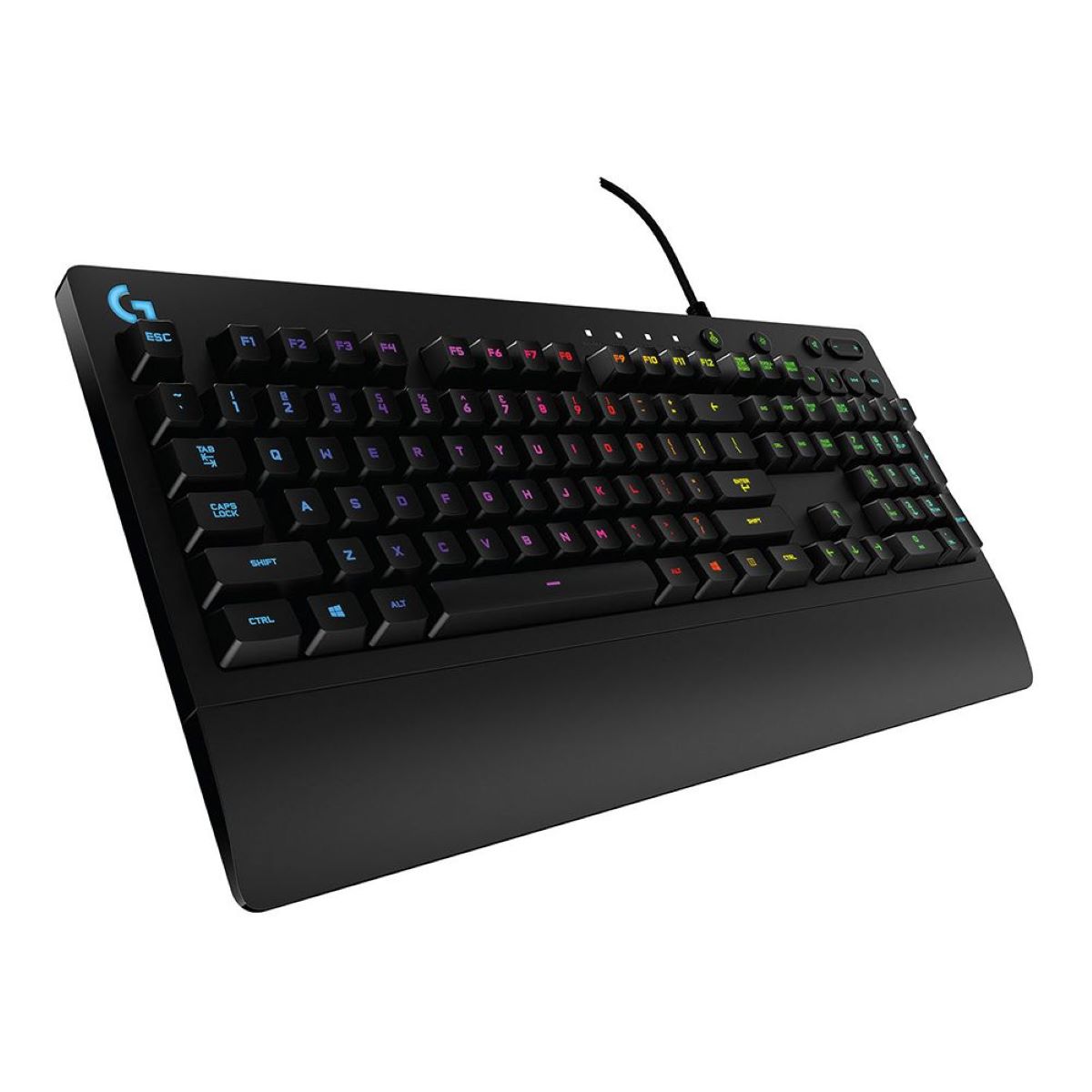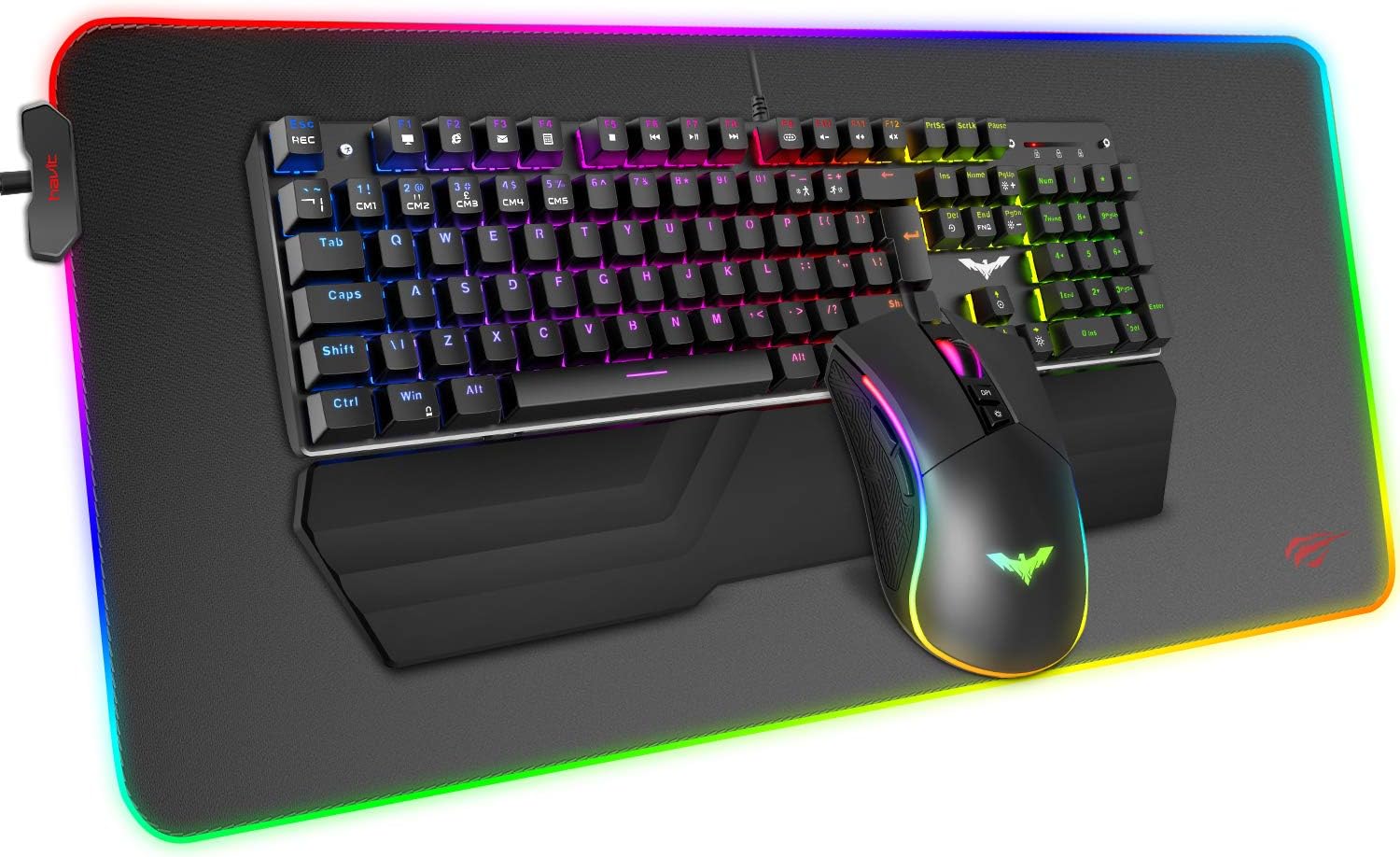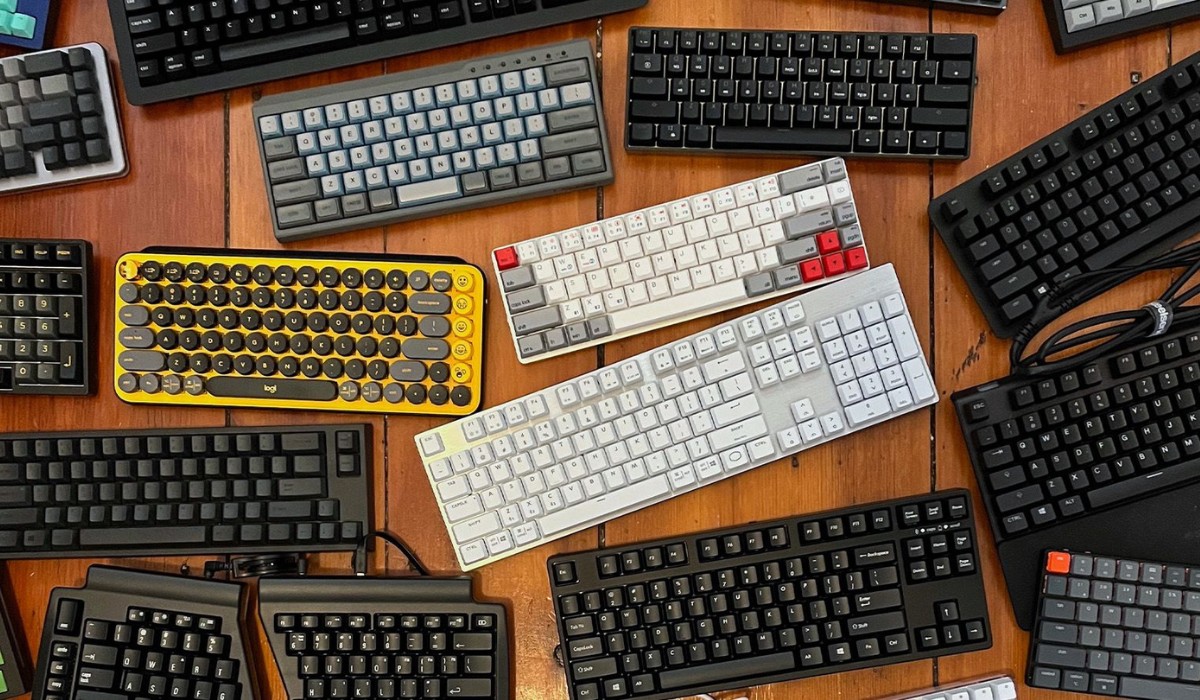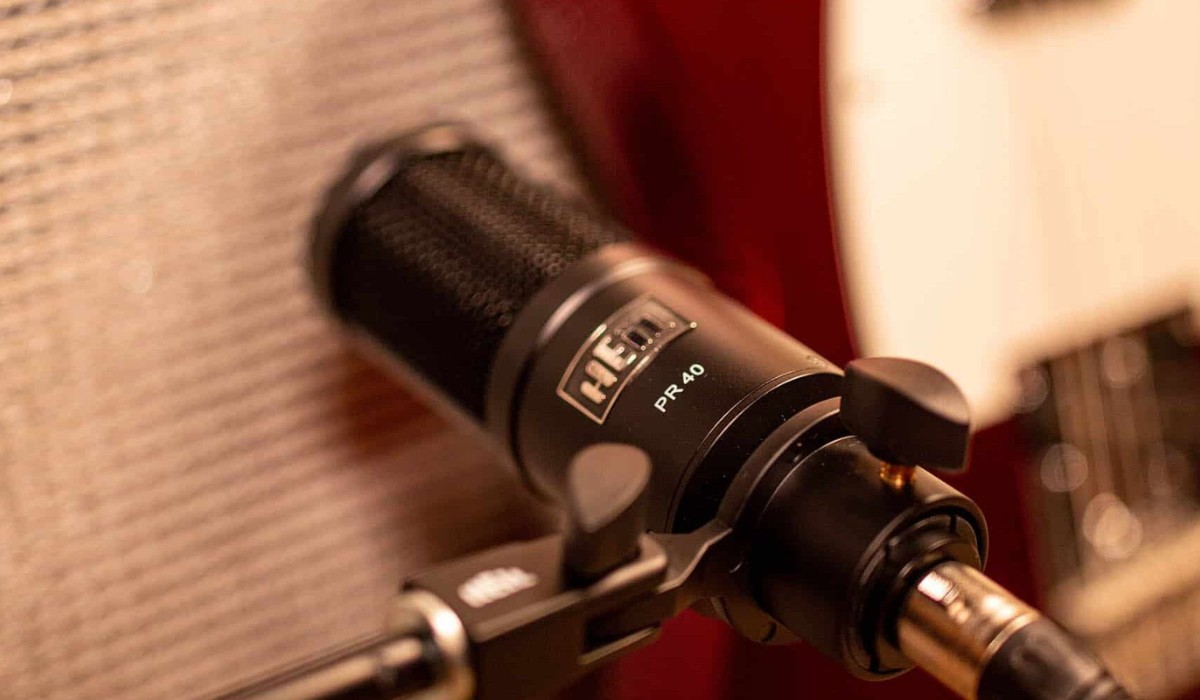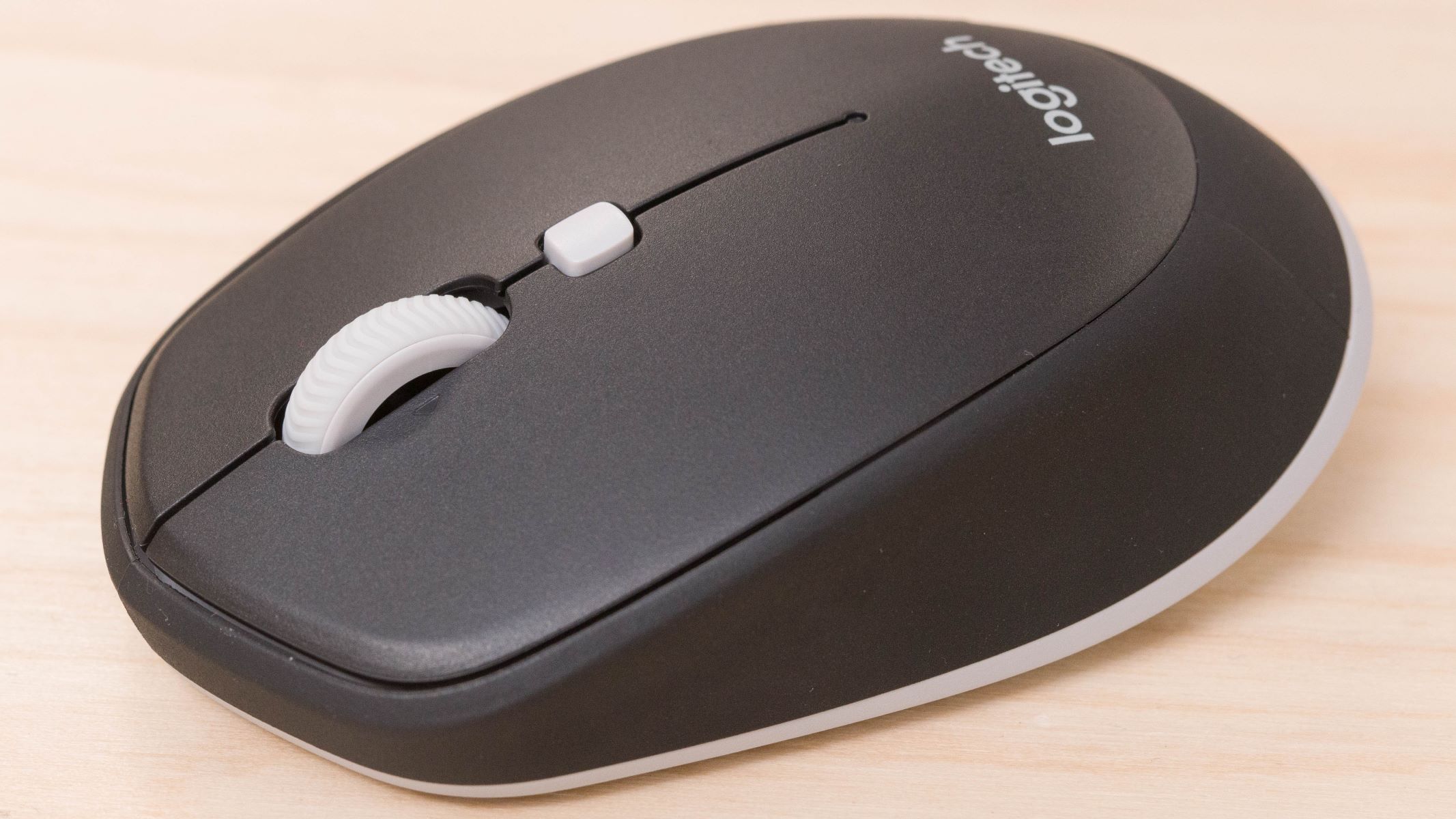Introduction
Are you a passionate typist or avid gamer who enjoys the tactile feedback and satisfying click of a mechanical keyboard? While these keyboards offer a superior typing experience, their audible sound can be a point of contention, especially in shared workspaces or late-night gaming sessions. The clattering noise produced by mechanical keyboards, often referred to as "keyboard chatter," can be disruptive to those around you and even to your own concentration. Fortunately, there are several effective methods for reducing or muting the sound of your mechanical keyboard without compromising its performance or feel.
In this guide, we will explore various techniques and solutions to help you achieve a quieter typing or gaming experience with your mechanical keyboard. Whether you are a professional seeking a noise-free work environment or a gamer looking to minimize keyboard noise during intense gaming sessions, these tips and modifications will empower you to enjoy the benefits of a mechanical keyboard without the accompanying sound disturbance.
From understanding the different types of mechanical keyboard switches to implementing sound dampening o-rings, applying lubricant to your keyboard switches, and modifying your keyboard with silencing clips, we will cover a range of effective strategies to help you achieve a quieter keyboard experience. By the end of this guide, you will have the knowledge and tools necessary to mitigate the sound produced by your mechanical keyboard, allowing you to type or game with enhanced comfort and reduced noise levels. Let's delve into the world of mechanical keyboard sound reduction and discover the solutions that best suit your preferences and needs.
Understanding the Different Types of Mechanical Keyboard Switches
Before delving into methods for quieting your mechanical keyboard, it’s essential to understand the different types of mechanical keyboard switches available. The type of switch used in your keyboard significantly impacts the sound it produces, as well as the tactile feedback and actuation force required for each key press. The three primary categories of mechanical keyboard switches are linear, tactile, and clicky switches. Each type offers distinct characteristics that affect both the typing experience and the sound generated.
Linear switches provide a smooth and consistent keystroke without tactile feedback or an audible click. These switches are favored by individuals seeking a quieter typing or gaming experience, as they produce minimal sound compared to tactile and clicky switches. Tactile switches, on the other hand, offer a noticeable bump or tactile feedback when a key is actuated, providing a more pronounced typing experience. While tactile switches are not as quiet as linear switches, they offer a balanced combination of tactile response and audible feedback, making them a popular choice for many users.
Clicky switches, known for their distinctive clicking sound, provide both tactile feedback and audible click with each key press. While these switches offer a satisfying typing experience for some users, their loud click can be disruptive in quiet environments. When selecting a mechanical keyboard or considering switch replacements, understanding the differences between these switch types is crucial in determining the sound level and typing feel that best align with your preferences.
Furthermore, within each switch category, various brands and models offer unique characteristics, such as actuation force, key travel distance, and sound dampening features. By familiarizing yourself with the diverse options available, you can make an informed decision when choosing or customizing your mechanical keyboard to achieve the desired sound profile and typing experience.
Tips for Quieting Your Mechanical Keyboard
When seeking to reduce the sound produced by your mechanical keyboard, several effective tips and techniques can be employed to achieve a quieter typing or gaming experience. Whether you prefer a subtle keystroke sound or aim to completely mute the keyboard chatter, the following strategies offer practical solutions to address the noise generated by your mechanical keyboard.
- Choose the Right Switch Type: Selecting the appropriate switch type for your mechanical keyboard is a fundamental step in minimizing keyboard noise. Linear switches are generally quieter than tactile and clicky switches, making them a suitable choice for those prioritizing a noise-free environment.
- Opt for Sound-Dampening Keycaps: Sound-dampening keycaps, designed with materials that absorb and minimize the sound of key presses, can significantly reduce keyboard noise. By replacing standard keycaps with sound-dampening variants, you can effectively mitigate the audible impact of typing or gaming on your mechanical keyboard.
- Adjust Typing Technique: Modifying your typing technique by striking the keys with less force and avoiding bottoming out can help reduce the sound produced by your keyboard. Practicing a lighter touch and refining your keystroke precision can contribute to a quieter typing experience.
- Consider a Keyboard Mat or Pad: Placing a keyboard mat or pad beneath your mechanical keyboard can dampen the sound of key presses and minimize the reverberation of keyboard chatter. These accessories provide an additional layer of sound insulation, particularly on hard surfaces, to help attenuate the noise generated during typing or gaming sessions.
- Explore Customization Options: Investigate customization options such as modifying the keyboard’s firmware or utilizing software-based solutions to adjust the debounce time and actuation settings. Customizing these parameters can influence the sound and responsiveness of your mechanical keyboard, allowing you to tailor its behavior to align with your preferences.
By implementing these tips and considering the diverse approaches to quieting your mechanical keyboard, you can effectively reduce keyboard noise and create a more tranquil environment for both yourself and those around you. Whether through switch selection, keycap customization, or adjustments to typing technique, these strategies offer versatile solutions for achieving a quieter and more enjoyable mechanical keyboard experience.
Using Sound Dampening O-Rings
Sound dampening O-rings, also known as keyboard dampeners, are small rubber rings designed to be placed around the stem of each keycap in a mechanical keyboard. These O-rings serve to cushion the impact between the keycap and the keyboard’s switch, effectively reducing the noise generated when a key is pressed and bottomed out. By incorporating sound dampening O-rings into your mechanical keyboard, you can mitigate the audible clatter of key presses and create a quieter typing or gaming experience.
When installed, sound dampening O-rings absorb the impact of the keycap as it reaches the bottom of its travel, dampening the sound and softening the sensation of the keystroke. This reduction in noise is particularly beneficial for clicky and tactile switches, which tend to produce more audible feedback compared to linear switches. Additionally, the implementation of O-rings can enhance the overall typing feel by providing a cushioned and more refined keystroke experience.
It is important to note that the effectiveness of sound dampening O-rings may vary depending on factors such as keycap material, switch type, and the thickness of the O-rings. Thicker O-rings generally provide greater noise reduction but may slightly alter the key travel distance and typing feel. Conversely, thinner O-rings offer more subtle noise reduction while preserving the original key travel characteristics. Consider experimenting with different O-ring thicknesses to find the optimal balance between noise reduction and typing comfort for your specific keyboard setup.
When installing sound dampening O-rings, it is essential to ensure that the rings are compatible with your keycap and switch combination, as variations in keycap profiles and switch designs can impact the installation process. Additionally, some mechanical keyboards may require the removal of keycaps for O-ring installation, while others allow for direct placement without keycap removal. Carefully follow the manufacturer’s guidelines and recommendations to achieve proper O-ring installation and maximize the noise-reducing benefits.
By incorporating sound dampening O-rings into your mechanical keyboard, you can effectively minimize keyboard noise, enhance the tactile feel of key presses, and create a more subdued typing or gaming environment. This simple yet impactful modification offers a versatile solution for individuals seeking to reduce the sound produced by their mechanical keyboards without compromising the inherent benefits of using a tactile or clicky switch.
Applying Lubricant to Your Keyboard Switches
Applying lubricant to the keyboard switches of a mechanical keyboard is a widely recognized method for reducing friction and minimizing the audible sound produced during key presses. By strategically lubricating the moving components within the switches, such as the stem and housing, the friction and impact noise can be notably diminished, resulting in a quieter and smoother typing or gaming experience.
When considering the application of lubricant to keyboard switches, it is crucial to select a high-quality lubricant specifically formulated for mechanical switches. Thicker lubricants, such as greases or viscous oils, are commonly preferred for their ability to dampen sound and provide long-lasting lubrication. Thinner lubricants, while effective at reducing friction, may have a less pronounced impact on noise reduction and may necessitate more frequent reapplication.
The lubrication process typically involves disassembling the keyboard to access the individual switches, allowing for precise application of the lubricant to the necessary components. It is important to exercise caution and follow detailed guides or video tutorials specific to your keyboard model to ensure proper disassembly and reassembly without causing damage to the switches or other keyboard components.
When applying lubricant to the switches, a small amount of lubricant is carefully applied to the contact points and friction-prone areas of the switch components, such as the stem and sliders. Thoroughly distributing the lubricant within the switches ensures consistent noise reduction and smooth key actuation. It is essential to avoid over-lubrication, as excessive lubricant may lead to an undesirable mushy or sluggish keystroke feel.
After the lubricant has been applied, the switches are reassembled, and the keyboard is tested to assess the impact of the lubrication on noise reduction and typing feel. Properly lubricated switches should exhibit reduced friction-induced noise and enhanced smoothness during key presses, contributing to a quieter and more refined keyboard experience.
It is important to note that while lubricating keyboard switches can effectively reduce noise, it is a meticulous process that requires precision and care to avoid unintended complications. Additionally, some mechanical keyboard warranties may be voided by disassembly and lubrication, so it is advisable to review the manufacturer’s warranty policy before undertaking this modification.
By applying lubricant to your keyboard switches, you can significantly diminish the audible impact of key presses, create a smoother typing or gaming experience, and tailor the sound profile of your mechanical keyboard to align with your preferences.
Modifying Your Keyboard with Silencing Clips
Modifying a mechanical keyboard with silencing clips is a popular and effective method for reducing the sound produced by key presses. Silencing clips, also known as dampeners or hushers, are small components designed to be attached to the keyboard switches to dampen the impact and mitigate the noise generated during key actuation. These clips are particularly beneficial for clicky and tactile switches, which tend to produce more audible feedback compared to linear switches.
When installing silencing clips, it is essential to ensure compatibility with the specific switch and keyboard model, as variations in switch designs and dimensions may impact the suitability of the clips. Silencing clips are typically placed directly onto the switch stems or housings, where they serve to cushion the keycap’s impact and reduce the reverberation of sound when keys are pressed and released.
The installation process involves carefully attaching the silencing clips to the switches, ensuring that they are securely positioned and do not interfere with the keycap’s movement or the switch’s actuation mechanism. It is important to follow the manufacturer’s guidelines and recommendations for proper installation to achieve optimal noise reduction and preserve the intended typing feel.
Upon installation, silencing clips effectively dampen the sound of key presses, resulting in a quieter and more subdued typing experience. Additionally, these clips can contribute to a more refined and cushioned keystroke feel, enhancing the overall tactile feedback while minimizing the disruptive clatter often associated with mechanical keyboards.
It is important to note that while silencing clips offer significant noise reduction benefits, they may slightly alter the key travel distance and actuation characteristics of the switches. Some users may find that the addition of silencing clips results in a softer or more cushioned typing feel, which can be a desirable outcome for those seeking a quieter and more tactile keyboard experience.
By modifying your mechanical keyboard with silencing clips, you can effectively reduce the sound produced by key presses, enhance the tactile feedback, and create a more tranquil and enjoyable typing or gaming environment. This modification offers a versatile solution for individuals seeking to maintain the inherent benefits of tactile or clicky switches while minimizing the disruptive noise associated with mechanical keyboards.
Conclusion
Quieting a mechanical keyboard is a pursuit that balances the desire for a tranquil typing or gaming experience with the inherent tactile and auditory characteristics of mechanical switches. By understanding the diverse methods and modifications available, individuals can effectively reduce keyboard noise while preserving the tactile feedback and performance of their mechanical keyboards.
From the selection of the appropriate switch type to the implementation of sound-dampening techniques such as O-rings, lubrication, and silencing clips, there are versatile solutions to address the audible impact of key presses. Each method offers distinct advantages and considerations, allowing users to tailor their mechanical keyboards to suit their preferences for sound, feel, and performance.
It is essential to approach the process of quieting a mechanical keyboard with a thoughtful and informed mindset, considering factors such as switch type, keycap material, and personal typing habits. Experimenting with different methods and customizations can lead to a personalized keyboard experience that strikes a harmonious balance between reduced noise and enhanced tactile satisfaction.
Ultimately, the journey to quieting a mechanical keyboard is an exploration of customization, creativity, and the pursuit of an optimal typing or gaming environment. By embracing the diverse strategies and modifications available, individuals can transform their mechanical keyboards into refined and quiet companions, enabling focused productivity and immersive gaming experiences without the disruptive clatter.
With a wealth of options at their disposal, enthusiasts and professionals alike can embark on the path to a quieter mechanical keyboard, unlocking the potential for a more harmonious and enjoyable interaction with this beloved input device.











